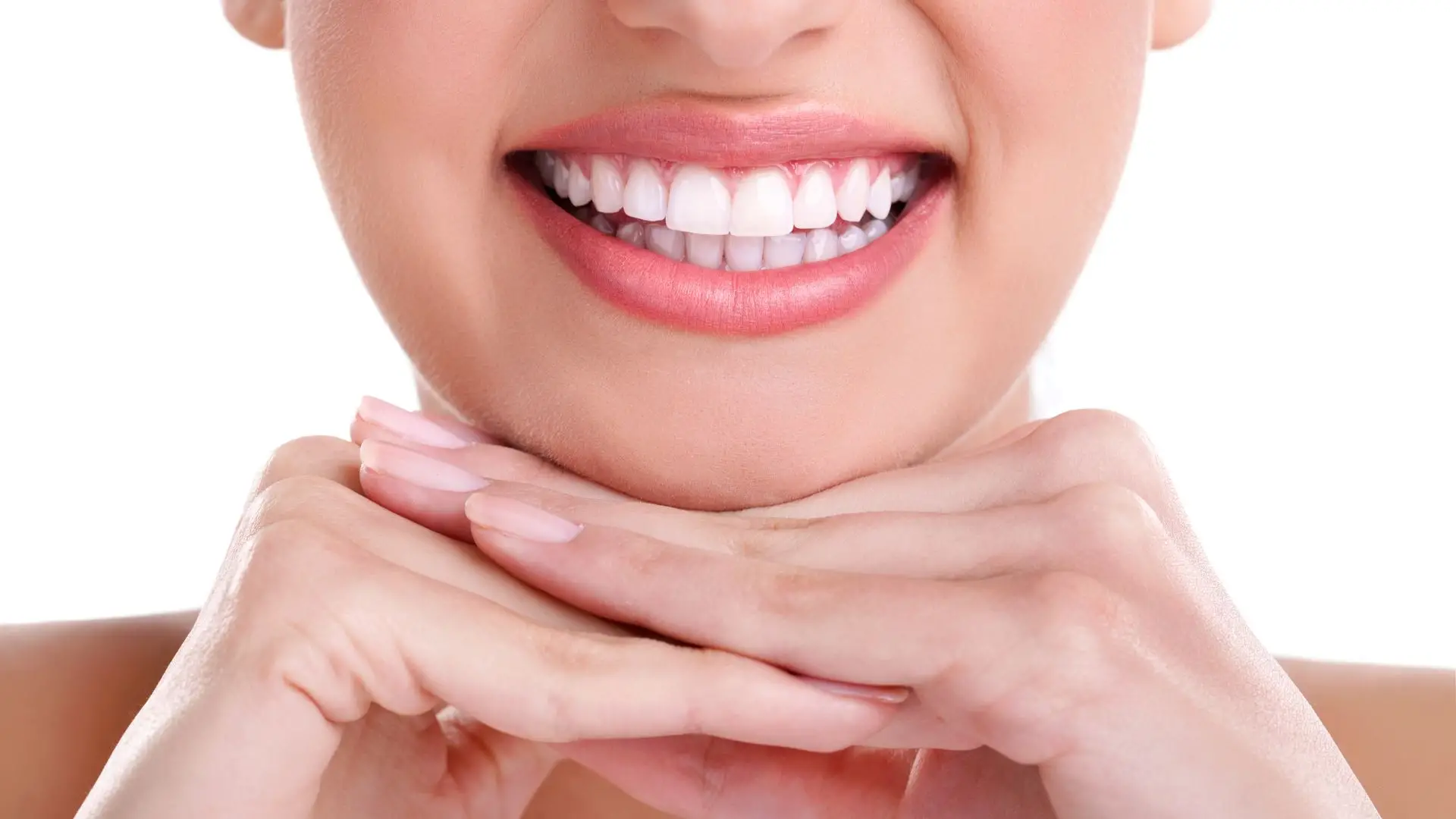The recovery process after a restorative dental procedure involves following specific care instructions to ensure a smooth and effective healing period. This includes managing pain, adhering to a soft food diet, maintaining oral hygiene gently but effectively, and monitoring the healing site for any signs of complications.
In this article, you will discover the detailed steps and tips to navigate the post-procedure period successfully. Learn about everything from how to manage discomfort, the best practices for oral hygiene to safeguard your healing, to the dietary adjustments that will aid in your recovery.
Understanding the recovery process can remove a lot of uncertainty and help you feel more in control. We’ve tailored this guide to address common concerns and provide you with a clear path to recovery. With the right approach and precautions, you can ensure a quick return to your daily activities with a healthier smile. Let’s embark on this healing phase together, equipped with knowledge and confidence.
Key Takeaways
- After dental work, follow care tips like managing pain, eating soft foods, and keeping your mouth clean to heal quickly.
- It’s normal to feel some discomfort and sensitivity, but you have ways to manage it, like using over-the-counter pain meds and cold compresses.
- Watch out for any signs that things aren’t going right, like bad pain, bleeding that won’t stop, or signs of infection, and call your dentist if you do.
- The recovery time can vary depending on what dental work you have done, but taking good care of yourself will help you get back to normal faster.
- Even after the first day, keep taking care of the area that was treated, watch how you’re healing, and see your dentist if you need to, to make sure everything is going well.
What Happens Immediately Following a Restorative Dental Procedure?
Undergoing a restorative dental procedure can be an important step toward achieving better oral health and overall well-being. Knowing what to expect immediately after the procedure can help you manage your recovery more effectively, ensuring a smoother healing process.
Pain Management Strategies After Restorative Dental Procedures
Recovering from a restorative dental procedure can be an uncomfortable experience for many. However, with the right pain management strategies, you can significantly reduce discomfort and accelerate your healing process. Whether it’s dealing with soreness after a filling or recuperating from more extensive treatments like crowns or bridges, understanding how to manage your pain effectively is crucial.
1. Over-the-Counter Medications
One of the first lines of defense against post-procedure pain is over-the-counter (OTC) medications. Nonsteroidal anti-inflammatory drugs (NSAIDs), such as ibuprofen (Advil) or naproxen (Aleve), are often recommended for managing dental pain because they not only relieve pain but also reduce inflammation. It’s important to follow the dosage instructions on the label unless otherwise directed by your dentist or doctor. For those who prefer acetaminophen (Tylenol), it offers another effective option for reducing discomfort without the anti-inflammatory properties.
2. Cold Compresses and Ice Packs
In addition to medication, applying cold compresses or ice packs to the outside of your cheek near the affected area can help alleviate swelling and numb discomfort. This method should be used in intervals—20 minutes on followed by 20 minutes off—to prevent any tissue damage from prolonged exposure to cold temperatures. Mayo Clinic’s First Aid Guide provides further insight into safely using this technique.
3. Salt Water Rinses
Rinsing with warm salt water several times a day can promote healing and provide relief from oral discomfort following dental procedures. Mix one teaspoon of table salt in 8 ounces of warm water, and swish around in your mouth for about 30 seconds before spitting it out; repeat as needed throughout the day. This simple yet effective remedy helps clean wounds naturally while easing painful symptoms.
4. Avoid Certain Foods and Beverages
- Avoid hot beverages which may exacerbate swelling and sensitivity.
- Likewise, steer clear of hard, crunchy foods that could irritate tender areas within your mouth.
- Favor soft foods that require minimal chewing effort until you’re feeling better.
The recovery journey after a restorative dental procedure doesn’t have to be daunting—with these straightforward strategies at hand, you’ll find yourself navigating through this period much more comfortably. Consulting closely with your dentist will also ensure tailored advice suited specifically towards optimizing YOUR recovery experience.
Navigating Residual Numbness from Anesthesia
One of the first sensations many patients notice is residual numbness in the mouth, lips, or even part of the face due to local anesthesia. It’s crucial during this period to avoid biting or chewing on your numb areas to prevent unintentional injuries. The numbness typically wears off within a few hours but can last longer depending on the type and amount of anesthesia used. For more information about dealing with dental anesthesia effects, consider reading through reliable sources such as MouthHealthy by ADA.
Mild Soreness or Sensitivity Post-Procedure
Mild soreness or sensitivity around the treated area is common and usually subsides within a day or two. Over-the-counter pain relief medications like ibuprofen may be recommended by your dentist if needed; however, it’s essential to follow their advice closely regarding dosage and frequency. Additionally, avoiding overly hot or cold foods can help minimize discomfort during this initial recovery phase.
Addressing Slight Bleeding
Slight bleeding at the site of treatment might occur but should diminish over time. Applying gentle pressure using sterile gauze for 10-15 minutes often helps control minor bleeding episodes. If bleeding persists beyond what seems normal or increases in intensity, reaching out to your dental office promptly for guidance is advised.
The immediate aftermath following restorative dental work involves managing temporary changes as your body begins its natural healing process. By staying informed about these potential post-procedure experiences—residual numbness from anesthesia, mild soreness/sensitivity, and slight bleeding—you’re equipped not only to navigate them successfully but also to contribute positively toward achieving optimal results from your treatment.
Recovery Timelines for Different Restorative Procedures
The time it takes to fully recover from a restorative dental procedure can vary greatly depending on the type of treatment you’ve received. Below, we outline the general recovery timelines for some of the most common procedures, helping you set realistic expectations for your healing journey.
- Fillings: Recovery from dental fillings is typically quick. Most patients can resume their normal activities on the same day. Sensitivity and discomfort can occur but usually subside within a few hours to a couple of days. Avoiding hot or cold foods and drinks can help minimize discomfort.
- Dental Crowns: After getting a dental crown, it’s normal to experience some sensitivity and gum soreness for a few days up to a week. It’s important to chew on the opposite side of your mouth to protect the new crown until the final adjustment.
- Dental Implants: Dental implant recovery is more extensive, typically taking a few months as the implant needs to fuse with the bone in a process called osseointegration. While the initial post-surgery discomfort diminishes within the first week, complete healing and integration take longer.
The First 24 Hours: Essential Care Tips After a Restorative Dental Procedure
Recovering from a restorative dental procedure doesn’t have to be daunting. The first 24 hours are crucial for ensuring a smooth and speedy recovery. By following these essential care tips, you can minimize discomfort and avoid complications.
- Avoid Eating Hard or Sticky Foods: After your procedure, it’s important to give your mouth the chance to heal without additional stress. Stick to soft foods like yogurt, soup, and applesauce. Avoid hard or sticky foods that could dislodge any temporary crowns or fillings.
- Keep Up with Oral Hygiene: Maintaining oral hygiene is key after any dental work but proceed with caution. Use a soft-bristled toothbrush and gently brush around the affected area. If flossing is part of your routine, be gentle near the treated spots to prevent irritating them.
- Rinse With Salt Water: Rinsing with salt water can help keep your mouth clean while being gentle on healing tissues. Mix one teaspoon of salt in a cup of warm water and gently swish it around in your mouth before spitting it out—repeat this several times throughout the day.
- Rest as Much as Possible: Your body needs energy to heal properly; thus, adequate rest cannot be overstated post-procedure! Avoid strenuous activities that might increase blood flow (and swelling) in the treated area—this means putting off heavy lifting or vigorous exercise for at least 24 hours.
The Following Weeks: Recovery After a Restorative Dental Procedure
Recovering from a restorative dental procedure is an essential step toward achieving long-term oral health and comfort. Whether you’ve just had fillings, crowns, bridges, or implants, understanding what to expect in the weeks following your treatment can help ensure a smooth and effective healing process.
Monitoring Your Recovery After a Restorative Dental Procedure
Undergoing any restorative dental procedure, whether it’s getting dental implants, crowns, or fillings, is just the first step toward achieving a healthier smile. The recovery process plays an equally crucial role in ensuring the success and longevity of your treatment. Monitoring your recovery effectively can help you avoid complications and ensure a smooth healing journey.
Understanding Normal Symptoms vs. Signs of Complications
The immediate aftermath of any dental restoration work typically involves some level of discomfort or sensitivity; however, knowing how to differentiate between normal post-procedure symptoms and potential signs of complications is key. Common experiences such as mild pain, swelling around the treated area, and temporary difficulty chewing should gradually improve within a few days following your procedure.
If you notice persistent pain that escalates instead of subsiding with time, excessive bleeding beyond 24 hours after surgery, signs of infection (such as fever), or unusual discharge from the site—these could be red flags indicating that something isn’t right. In such cases, contacting your dentist immediately for advice or further evaluation is imperative.
Follow-up Appointments & Adjustments
Your recovery journey might include one or more follow-up appointments. These visits allow your dentist to monitor healing progress and make any necessary adjustments to ensure optimal fit and comfort of restorations like crowns or bridges. Don’t hesitate to report any issues such as sensitivity or difficulty chewing during these check-ups; minor tweaks can often resolve these concerns swiftly.
When to Contact Your Dentist
While some discomfort and swelling are normal, there are specific symptoms that should prompt you to contact your dentist immediately.
- Persistent Pain or Discomfort: If pain persists beyond the timeframe your dentist advised, it’s important not to dismiss it as a regular part of recovery. Persistent or worsening pain could indicate an infection or other issues requiring professional attention. Over-the-counter pain relief should generally suffice in managing post-procedure discomfort; if this isn’t the case, reach out to your dental office.
- Signs of Infection: Infections can compromise not only the success of your procedure but also your overall health. Be vigilant for signs such as fever, excessive swelling, pus discharge from the site, foul taste in the mouth, or persistent bad breath unrelated to hygiene habits.
- Bleeding That Doesn’t Subside: A certain amount of bleeding is expected after a restorative procedure; however, if bleeding doesn’t decrease within 24 hours—or stops and starts again—it’s critical you get in touch with your dental care provider. They may need to adjust sutures or provide additional treatment options.
- Trouble Eating or Drinking: While adjustments in eating habits are necessary following dental work—switching temporarily to soft foods—difficulty swallowing or extreme sensitivity when consuming hot/cold beverages shouldn’t be ignored. Such issues could point towards underlying problems that require adjustment by your dentist.
Wrapping Up: Smiling Forward
Successfully recovering from a restorative dental procedure relies on following post-care advice closely, including managing any discomfort, eating the right foods, and keeping up with oral hygiene. Promptly addressing any unusual symptoms by contacting your dentist ensures any issues are dealt with quickly, helping to avoid complications.
Ready for a Smoother Recovery? Let’s Get You There!
At Soundview Family Dental, we’re committed to guiding you through your post-procedure recovery, ensuring you’re supported every step of the way toward achieving a healthier, happier smile. If you have any concerns or need personalized advice after your restorative dental treatment, we’re here to help.
Contact us online or call us at (425) 563-6360 to schedule a follow-up appointment or to get answers to any questions you might have. Your comfort and health are our top priorities. Let us be part of your successful recovery journey.


